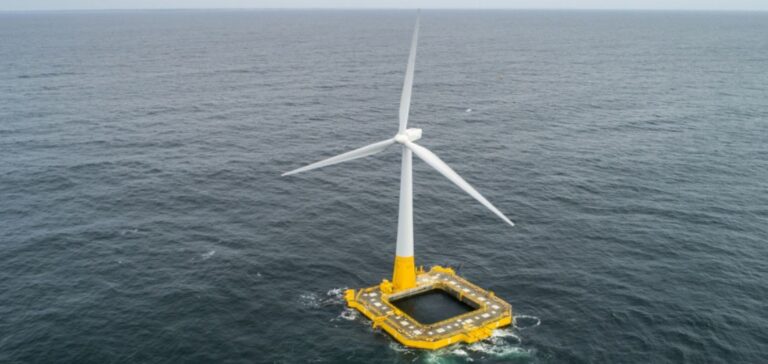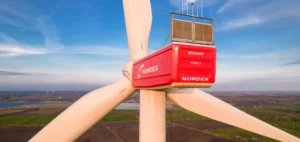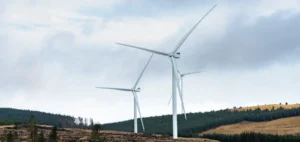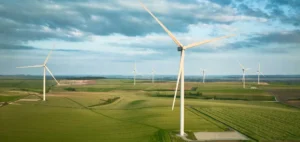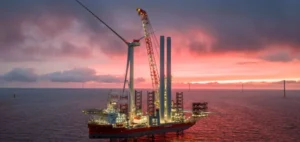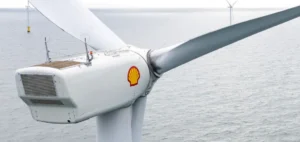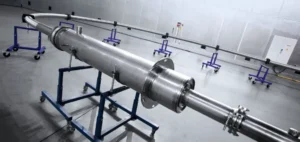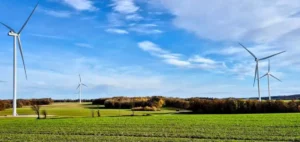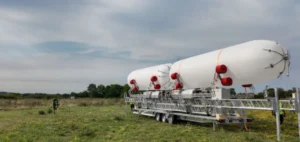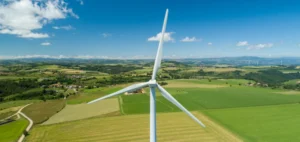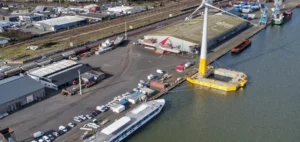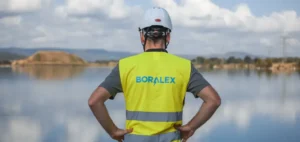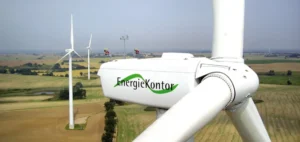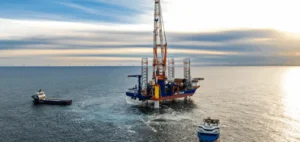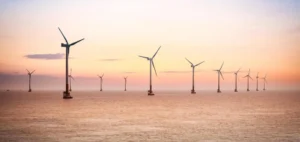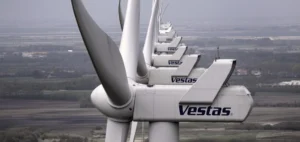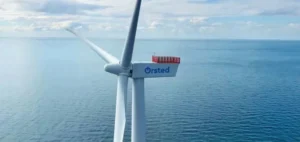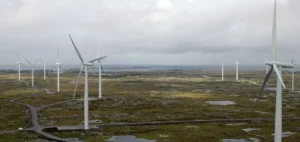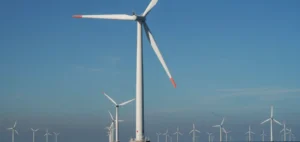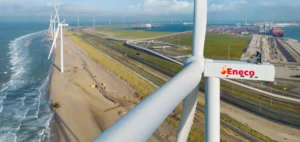SeaTwirl AB, Sweden’s leading developer of floating wind turbines, and Serica Energy, the UK-based offshore platform operator, announce a partnership to explore the integration of floating wind solutions on Serica’s offshore facilities in the North Sea.
This agreement, formalized by a Memorandum of Understanding (MoU), marks an important step in Serica’s initiative to reduce the carbon footprint of its operations while assessing the technical and commercial feasibility of electrifying its assets.
The focus of the collaboration is to assess the capabilities of SeaTwirl’s technology to power Serica’s existing offshore platforms with renewable energy.
The two companies will work together to analyze data from Serica’s operations, enabling wind solutions to be tailored to the specific needs of the platforms.
This could offer a sustainable alternative to traditional, mainly fossil-fuel-based energy sources.
Feasibility analysis and potential impact
The project is based on an in-depth study of the compatibility between Serica Energy’s offshore infrastructures and the floating wind solutions proposed by SeaTwirl.
The results of this study will determine whether the technology can be integrated efficiently, while meeting safety and profitability requirements.
Both partners are committed to minimizing technical and financial risks while maximizing environmental benefits.
The initiative takes place at a time when the offshore industry is under increasing pressure to adopt more sustainable practices.
The possibility of electrifying offshore platforms via floating wind could revolutionize the energy management of these facilities, reducing CO2 emissions and improving operational efficiency.
This approach could also serve as a model for other operators seeking to reduce their environmental impact.
Implications for the offshore industry
If this collaboration between SeaTwirl and Serica Energy is successful, it could transform the way energy is managed on offshore platforms, not only in the North Sea, but potentially in other parts of the world.
The electrification of offshore assets via renewable sources represents a strategic opportunity for the oil and gas industry, at a time when pressure for more environmentally-friendly practices is mounting.
Integrating renewable energies into offshore operations is not only a response to growing regulatory requirements, but also a proactive approach to preparing the industry for future energy challenges.
The partnership between SeaTwirl and Serica Energy could pave the way for new standards in offshore operations, combining technological innovation with environmental responsibility.


